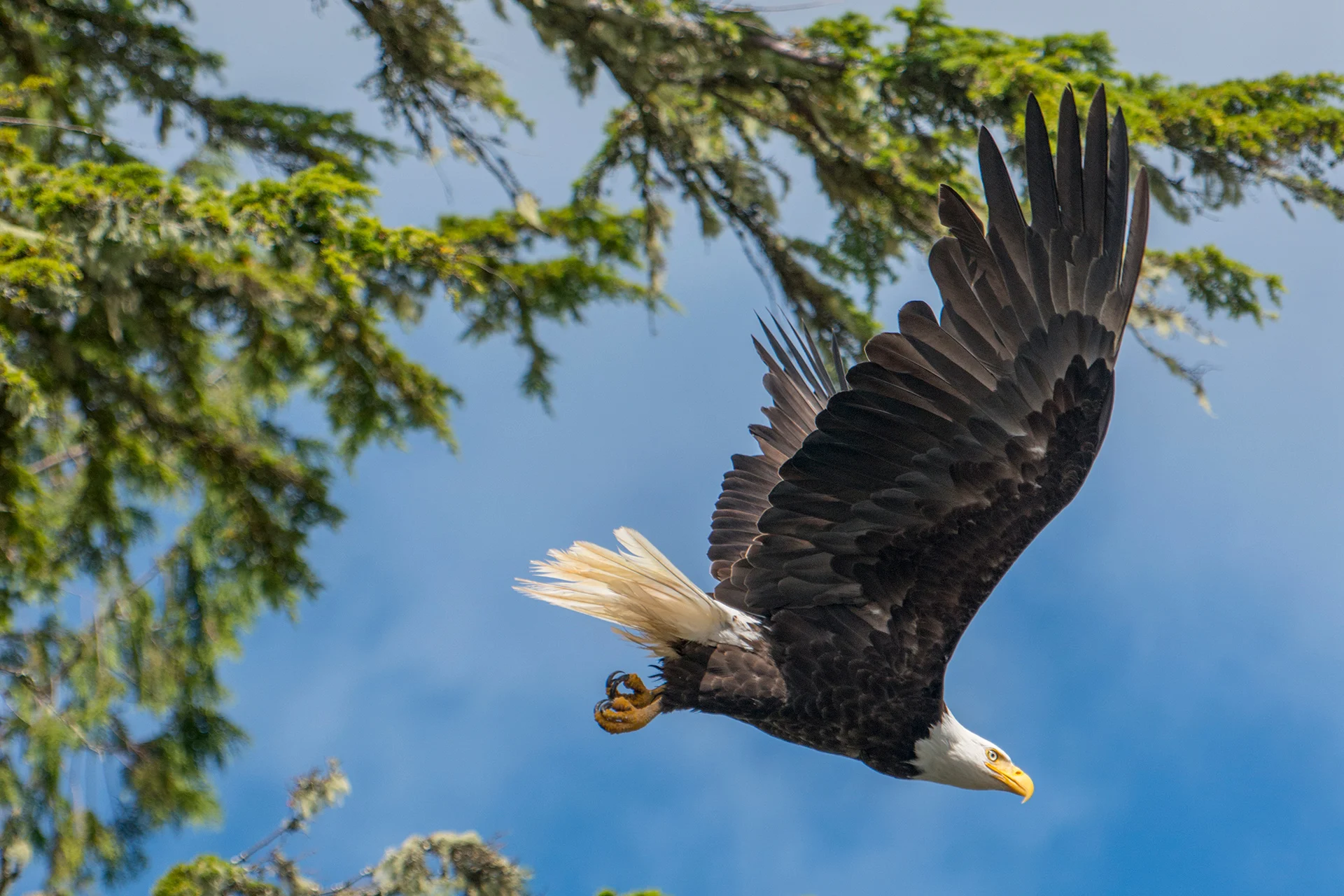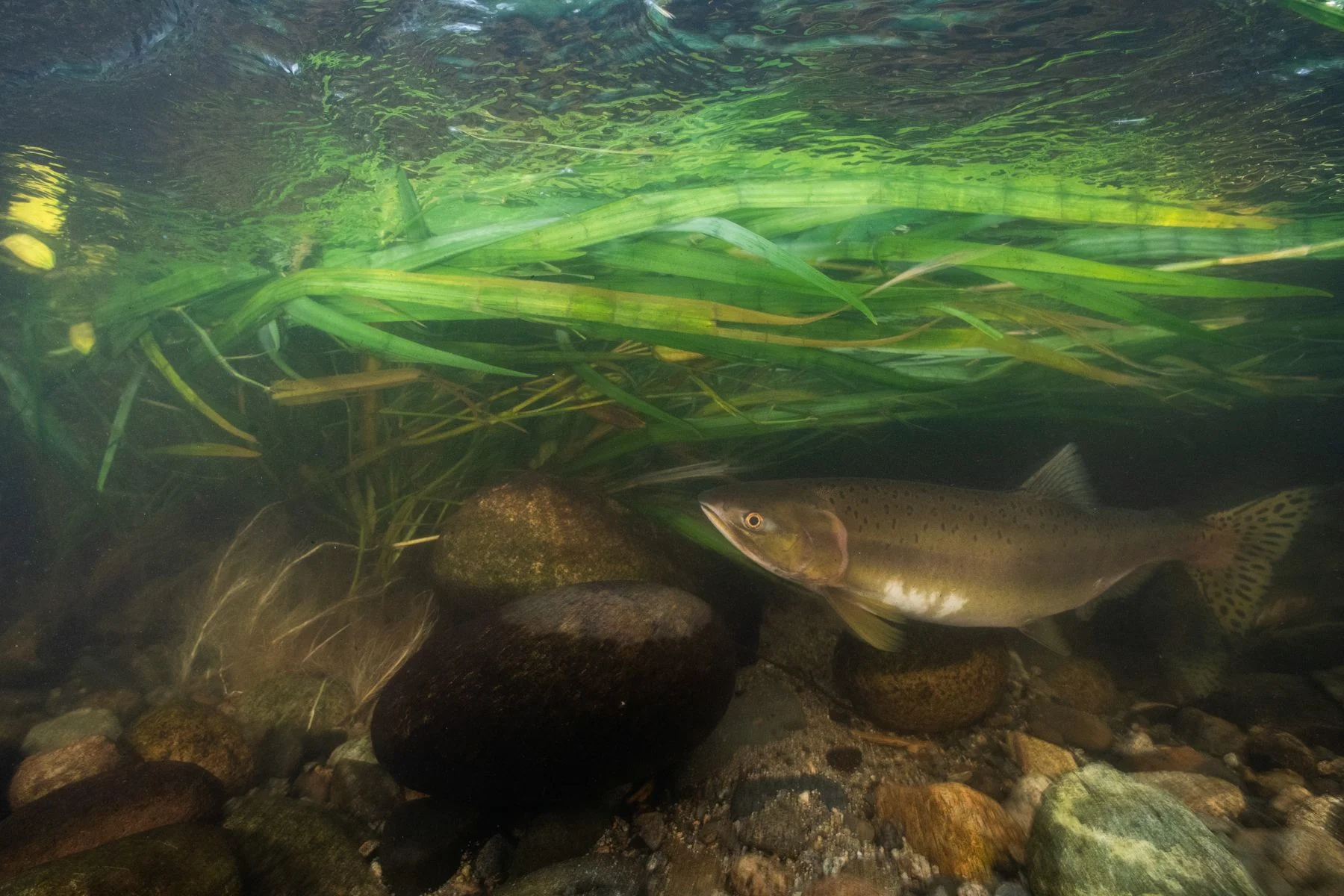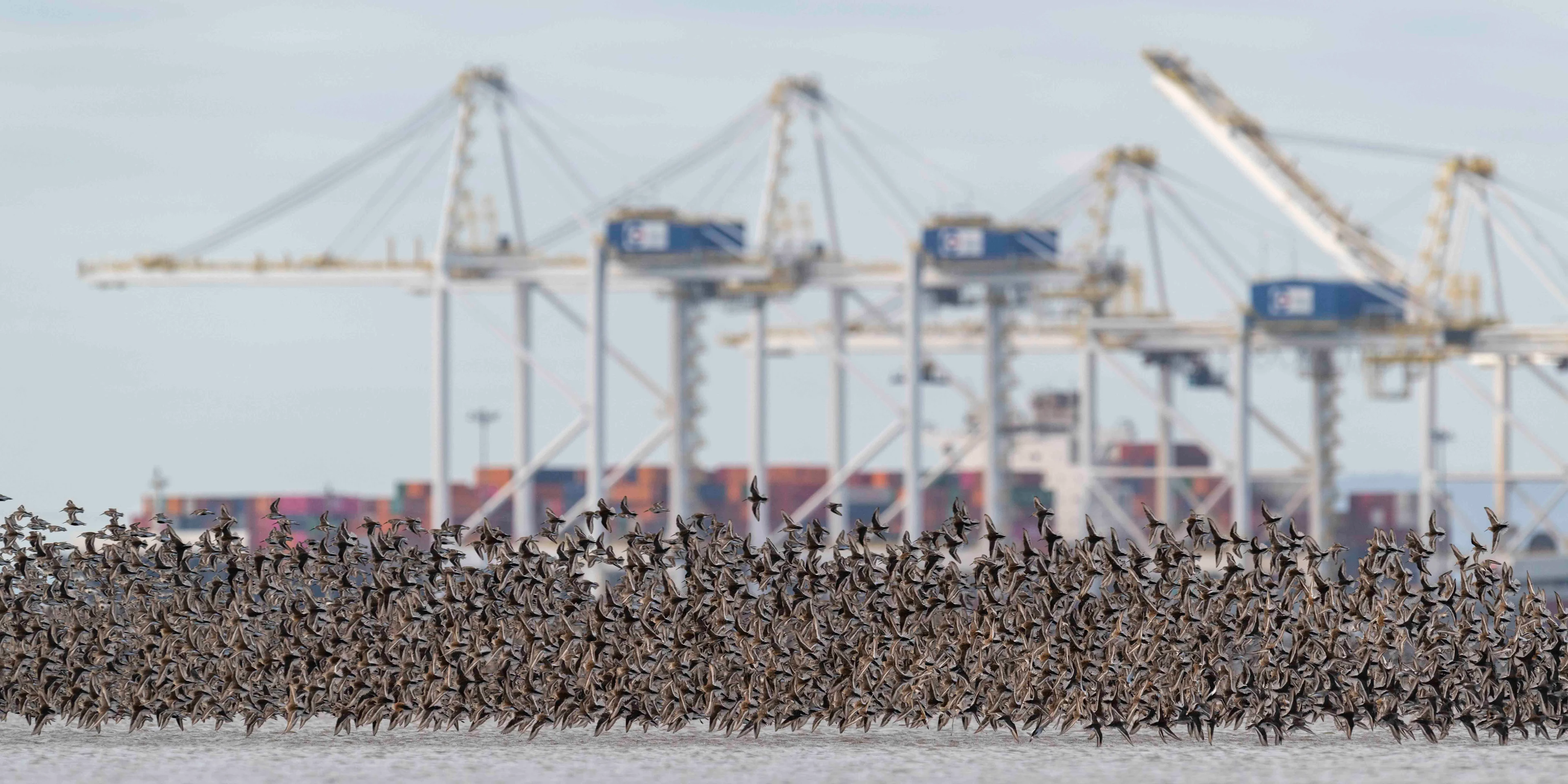
102 species are facing extinction in B.C., here's how they can be saved
The researchers say that co-governance across various stakeholders effectively conserves species and reduces the number of strategies and funds that are needed.
Ecosystems in British Columbia are rich in biodiversity, but 102 species in the Fraser River estuary are at risk of being functionally extinct in just 25 years unless a multi-government plan is implemented, says a study from the University of British Columbia (UBC).
The Fraser River estuary is a unique environment in Canada — the southern portion of the freshwater river meets with the Pacific Ocean, creating an intertidal marsh ecosystem full of nutrients needed by both salmon and birds as they migrate. The estuary also influences the lives of more than three million people living in the Lower Mainland, since it is the heart of several industries and the region’s culture.
Given both the economic and intrinsic value of the Fraser River, the researchers set out to determine how the most at-risk species could be protected in the most cost-effective way. These at-risk species include southern resident killer whales, salmon, and sturgeon.
Members from Coast Salish First Nation communities, government officials, industry experts, academics, and NGOs worked with the researchers to select 102 species living in the estuary that would benefit the most from conservation management. The researchers’ main goal was to use scientific information and input from experts to conserve the most species for the lowest cost so both the environment and human interests are benefitted.

Aquatic species are suffering from a number of environmental stressors, including pollution and climate change. Credit: Fernando Lessa
The researchers designed the Priority Threat Management (PTM) approach, which they say is a strategy that will conserve species and allow for shared decision‐making authority between several stakeholders, including First Nations groups as well as municipal, provincial, and federal governments. This approach, which focuses on co-governance, differs from traditional conservation research, which typically identifies the threats species are facing as opposed to the most cost-effective management strategies that will reduce or eliminate the threats.
Some of the strategies considered in this study include problematic species management, transportation regulation, aquatic disease control, pollution control, private land management, and public land management. Calculations revealed that co-governance increased the feasibility of all strategies to differing degrees and found that strategies involving many municipalities benefitted the most. The increase in feasibility was also connected to improved cost-effectiveness of management strategies and the ability to conserve a higher number of species.

Researchers collecting data along the Fraser River. Credit: Alex Harris
“To conserve all species groups at a 50 per cent threshold without co‐governance, all strategies are required at a total estimated cost of $326 million. Whereas, when including co‐governance, only four management strategies (public land management, green infrastructure, pollution control, and aquatic habitat restoration) are needed to ensure all species have a better than even chance of persisting, costing an estimated $223 million and saving $104 million,” the study says.
The study revealed that two of the most cost-effective strategies, transport regulation and pollution control, would help 96 per cent of the species survive in the estuary over the next 25 years. However, these strategies still do not protect southern resident killer whales, monarch butterflies, western bumblebees, and barn swallows and the researchers say that conserving these species requires additional management and investment.

The Fraser River habitat is essential to the health of migratory birds. Credit: Jason Puddifoot
The overall cost of the study’s conservation management plan is approximately $381 million over 25 years, which is equivalent to $15 million annually or $6 per person in the Greater Vancouver Area annually. The researchers say that though this might seem like a staggering cost, the potential financial return-on-investment is impressive. In 1998, the value of fisheries in the Fraser River basin was $300 million annually due to the productivity and health of the fisheries as well as the thriving whale tourism industry.
Southern resident killer whales are facing extinction for several reasons including pollution and a low supply of salmon, which is their main food source. The Fraser River estuary once supported the largest wild salmon runs on Earth, but this species is rapidly dwindling due to pollution, resource exploitation, urban sprawl, and climate change. Many international estuaries are facing the same predicament — a significant loss of biodiversity that may never be fully restored
The study says that over half of the world’s population lives in urban areas, which will be home to more than five billion people by 2030. “Managing these areas for conservation benefits is critical if we are to avert significant global biodiversity loss and ecosystem collapse,” the study says.
Thumbnail credit: Tom Middleton











